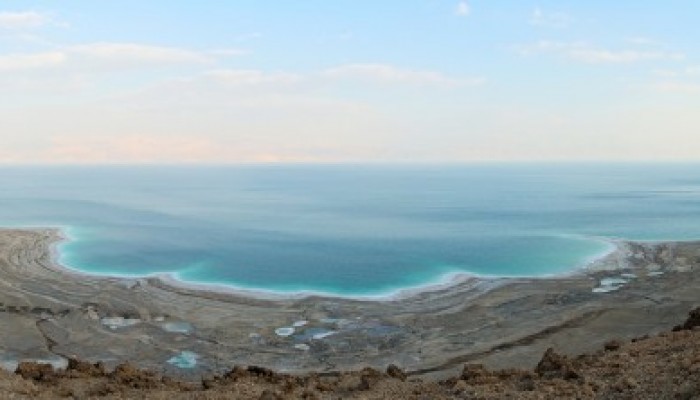Earlier this year I gave a presentation at the UCL IRDR Careers Forum – on working within international development. Today I will be joining many other sectors at a similar event organised by the Earth Science Department at the University of Cambridge. In this post we share some of the top tips, ideas and reflections that have come out of preparing for these events… 1) A responsibility ...[Read More]
If you didn't find what you was looking for try searching again.
GeoSphere
New study shows nitrate leaches to groundwater for over five decades
A new and very interesting study just came out in the journal Proceedings of the National Academy of Sciences (PNAS) the other day titled “Long-term fate of nitrate fertilizer in agricultural soils”. This paper addresses some very interesting and extremely important questions using isotopic geochemical tools. The question central to this paper is what happens to all of the nitrogen in ...[Read More]
GeoLog
Imaggeo on Mondays: Hiking and horseshoes
The Grand Canyon is filled with fantastic geological features like this one – Horseshoe Bend – a horseshoe-shaped meander of the Colorado River. Hiking through this wonderful landscape is a joy for geoscientists and photographers alike, so no matter where your destination is, you’re bound to get distracted by an outstanding outcrop or spectacular view. Grand Canyon National Park is home to some of ...[Read More]
Geology for Global Development
Typhoon Haiyan
We were extremely saddened to hear at the end of last week and over the weekend about the destruction brought by Typhoon Haiyan, impacting the Philippines last week and (at the time of writing) moving towards Vietnam. The event caused widespread damage, with reports suggesting thousands of deaths and an order of magnitude more displaced. The impact on communities through loss of livelihoods and ho ...[Read More]
Between a Rock and a Hard Place
What’s up in Bolivia?
James Hickey is a PhD student in the School of Earth Sciences at the University of Bristol. A geophysicist and volcanologist by trade, his PhD project is focussed on attempting to place constraints on volcanic unrest using integrated geodetic modelling. To many, Bolivia is just an unassuming landlocked country in South America, perhaps most famous for its coca tea obsession and ‘gap yah’ alpaca wo ...[Read More]
Four Degrees
Raising the Dead Sea
The Dead Sea is one of the planet’s truly otherworldly places: a peculiarity of water distribution, climate and altitude, it is even more extroadinary in that it is a site of religious, cultural and political significance. Viewed by many as a natural wonder, its characteristics and location within one of the most entrenched political situations in modern history makes it intriguing an ...[Read More]
GeoLog
Showcase your film at GeoCinema!
Every year, we showcase a great selection of geoscience films at the EGU General Assembly and after four successful years we will again be running GeoCinema in 2014. If you’ve shadowed a scientist in the lab, filmed fantastic spectacles in the field, or have produced an educational feature on the Earth, planetary or space sciences, we want to hear from you. GeoCinema features short clips and longe ...[Read More]
Geology Jenga
10 Minute Interview – Promoting Earthquake Education amongst Persian Communities
During the summer I took part in a fantastic public engagement activity, I’m a Scientist, Get me Out of Here! It’s an X-factor style competition where school students get to meet and interact with scientists. The students are the judges and vote for their favourite scientist to win a cash prize to communicate their work with the public. Sadly, I didn’t win the cash prize, but d ...[Read More]
Geology for Global Development
Friday Photo (104): Blog Competition Prize Presentation
Earlier this year we announced the winners of our Blog Competition. We were very pleased to present the winners with their prizes and certificates at the recent GfGD Conference. From left to right… David Litchfield (Best Photograph), Philip Irwin (Best Blog), Robin Wylie (Best Blog), Rosalie Tostevin (GfGD National Committee) and Professor Alan Lord (Secretary for Foreign & External Affa ...[Read More]
An Atom's-Eye View of the Planet
Chelyabinsk asteroid – crowdsourced science?
Croudsourced data from dash-cams, videos and photos reveal the secrets of the Chelyabinsk asteroid. Credit: Alexeya The asteroid impact that burst over Chelyabinsk, Russia, on the morning of February 15 has provided a huge collection of new data that scientists have been analysing since. This week, three papers, two in Nature and one in Science, describe new aspects of the meteorite’s airbu ...[Read More]

